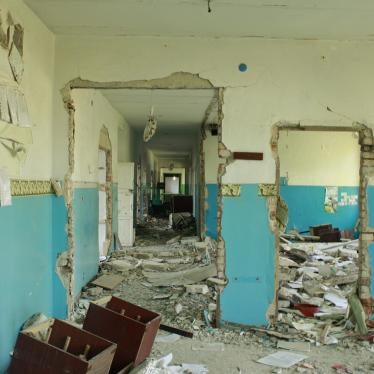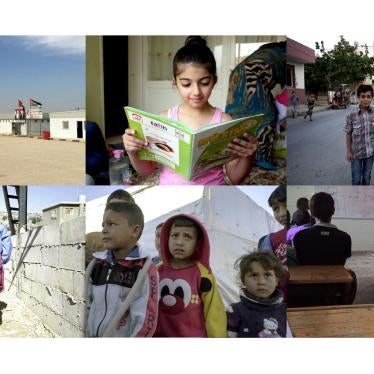Sometimes, stories reverberate across the generations.
From Olav Brakstad, now in his 90s, I learned about the day in 1940 when German soldiers moved into his high school in Eidsvoll, using some of the buildings as a field hospital and classrooms as sleeping quarters. Olav still recalls seeing trucks pull up and soldiers unload corpses into the school storeroom: “I still clearly remember looking at these bodies with blown off faces and limbs through the window of this room, my first grim confrontation with the brutality of war.”
Olav even keeps a photograph taken by a friend after the Germans moved out of the school that shows the soldiers’ bunk beds in the teachers’ and principal’s rooms.
I recognized the scene instantly. Not from Norway under Nazi occupation, but from India just a few years ago, when I visited a school in the heart of the conflict between the government and Maoist rebels. In the village of Kasma, in the state of Bihar, I visited a school where security forces had taken over 2 of the school’s 15 classrooms as a base for their counter-insurgency operations. There too, I found rooms meant for education packed instead with makeshift beds for soldiers.
The school principal at Kasma was in despair when I met him. The local government had given his school special funds to give scholarships to 200 girls who were not in school due to poverty or early marriage, to bring them back to school. But, he lamented, because nine armed men were now living in his classrooms, the parents of these girls would not allow them to attend the school, fearing they might be harassed or abused.
Recently I found a child’s painting from 1944 by Randi Lind. She was a student at a school in Sagene during the years of German occupation. It depicts a soldier with a swastika on his helmet, standing straight, rifle slung over his shoulder, in front of a barrier of barbed wire at her school gate. Again, this image immediately rang true to me.
The roadblock outside a school was reminiscent of a school occupied by breakaway army soldiers in Yemen’s capital, Sanaa, that I visited during the 2011-2012 uprising in the country. The barbed wire surrounding the school reminded me of a school I visited in southern Thailand, where Thai paramilitary forces had set themselves up alongside the classrooms. And the soldier at the school’s entryway reminded me of a school I visited just two months ago in the Democratic Republic of Congo.
So, sometimes stories reverberate around the globe too.
In wars around the world today, national armed forces and non-state armed groups are occupying and using schools in support of their military effort. In at least 24 countries with armed conflict since 2005, schools or universities have been taken over and converted from places of learning into places of combat. That’s the majority of countries with armed conflict during this time period.
Schools have been used as barracks, bases, and places to store ammunition and weapons, to train soldiers, and to detain and torture people. Sometimes only part of a school is taken over, and students try to carry on their studies, often literally in the line of fire. Such schools have come under attack by enemy forces, injuring or even killing students and teachers.
At other times, soldiers occupy the whole school, and students are displaced from their studies entirely. These buildings have also come under attack, damaging or destroying vital infrastructure needed to educate the next generations and prepare them for a society without conflict.
But just because stories echo across time doesn’t mean that they have to persist.
Last week, at the United Nations in New York, Norway’s Minister for International Development, Heikki Holmås, and the UN Secretary-General’s Special Representative on Children and Armed Conflict, Leila Zerrougui, said it was time to end this practice of militaries using schools. In particular, they called on countries to endorse and incorporate into their military doctrine new international guidelines that urge military forces to avoid using schools to support their military efforts, and that offer ways to minimize the negative consequences of their operations on students’ education.
If Norway’s incoming government endorses the new international Guidelines for Protecting Schools and Universities from Military Use during Armed Conflict , and pledges to incorporate them into the country’s military doctrine and policies, it will be taking an important step in showing other countries around the world that such conduct is dangerous and unnecessary.
And in doing so, Norway can help ensure that a small but terrible measure of its past won’t be repeated elsewhere.
Bede Sheppard is the deputy children’s rights director at Human Rights Watch. He has investigated military use of schools in seven armed conflicts around the world. Follow him @BedeOnKidRights







